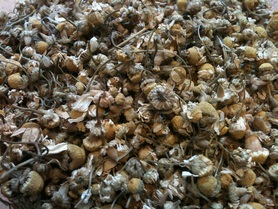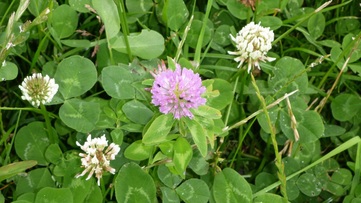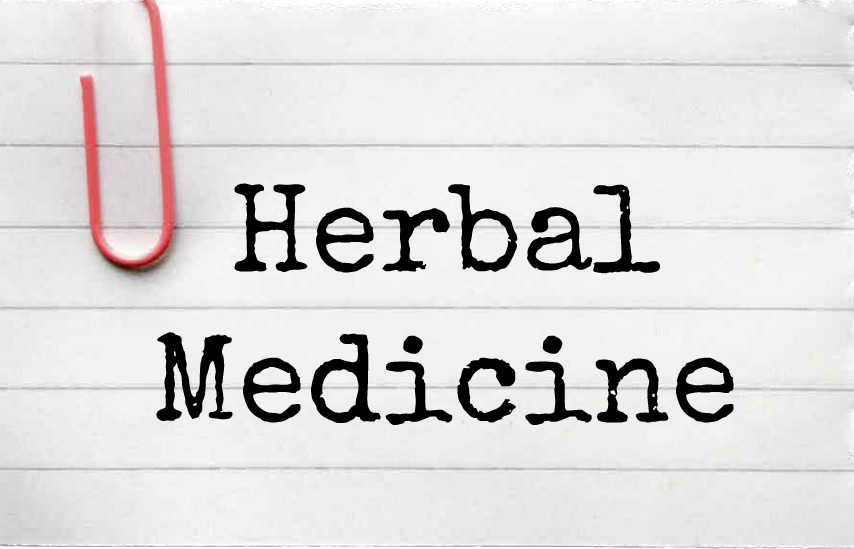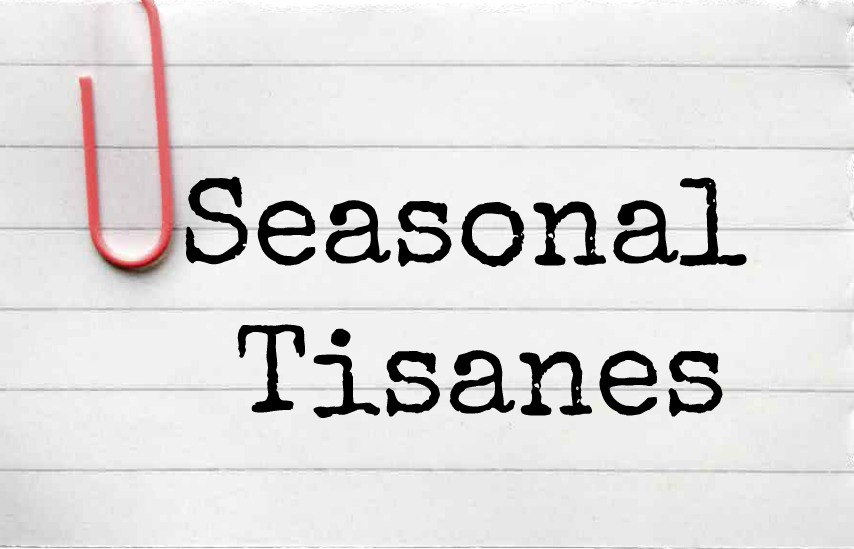Few herbs to treat hay fever

Antihistamine - Chamomile (Chamomilla recutita), Nettle (Urtica dioica), Eyebright (Euphrasia officinalis), Baical skullcap (Scutellaria baicalensis), Plantain (Plantago major), Feverfew ( Tanacetum parthenium)
Anti-catarrh - A substance that reduce the formation of phlegm (mucous).
Elder flower (Sambucus nigra), Golden rod (Solidago virgaurea), Ribwort (Plantago lanceolata), Elecampane (Inula helenium)
Anti-inflammatory - A substance that reduce inflammation.
Yarrow (Achillea millefolium), chamomile (Chamomilla recutita), Golden rod (Solidago virgaurea), Feverfew (Tanacetum parthenium)
Immune modulator - A substance that modulates and balanced the action of the immune system.
Poke root (phytolaca decandra), Echinacea(Echinacea angustifolia) ,Ashwaganda (Withanea somnifera)
Anti-catarrh - A substance that reduce the formation of phlegm (mucous).
Elder flower (Sambucus nigra), Golden rod (Solidago virgaurea), Ribwort (Plantago lanceolata), Elecampane (Inula helenium)
Anti-inflammatory - A substance that reduce inflammation.
Yarrow (Achillea millefolium), chamomile (Chamomilla recutita), Golden rod (Solidago virgaurea), Feverfew (Tanacetum parthenium)
Immune modulator - A substance that modulates and balanced the action of the immune system.
Poke root (phytolaca decandra), Echinacea(Echinacea angustifolia) ,Ashwaganda (Withanea somnifera)




 RSS Feed
RSS Feed
